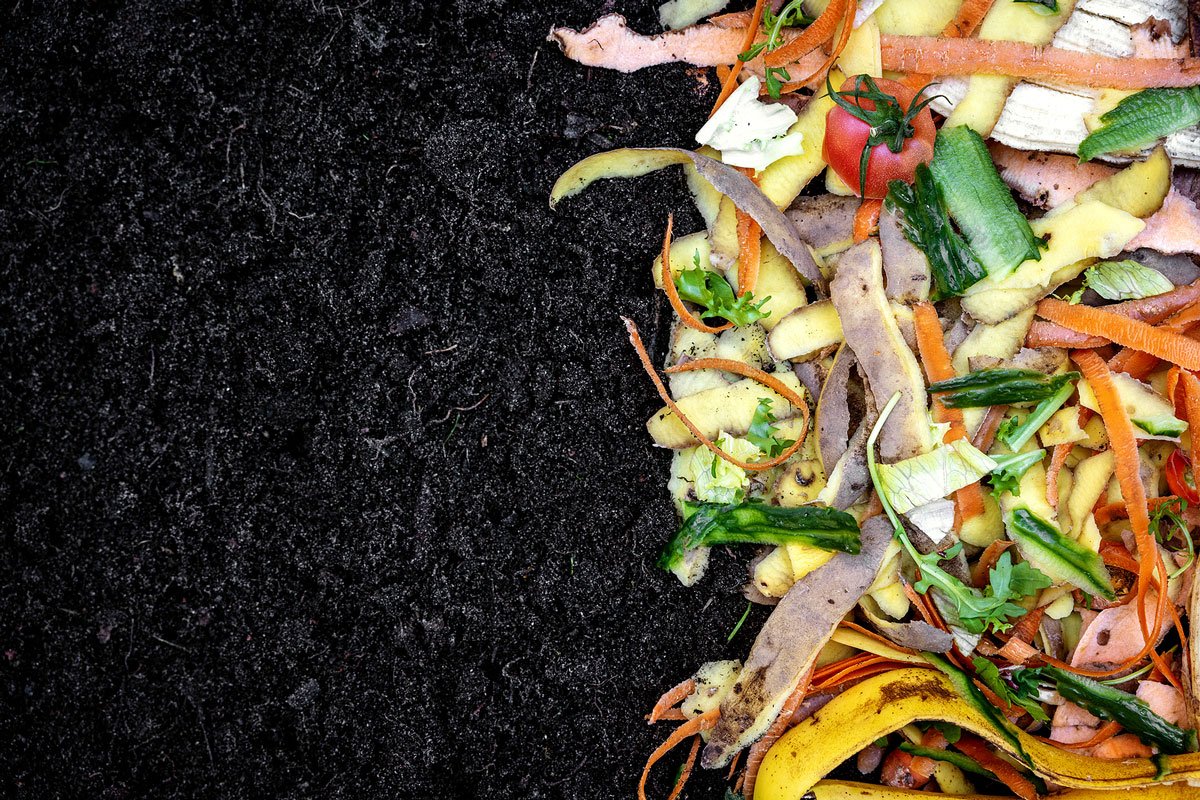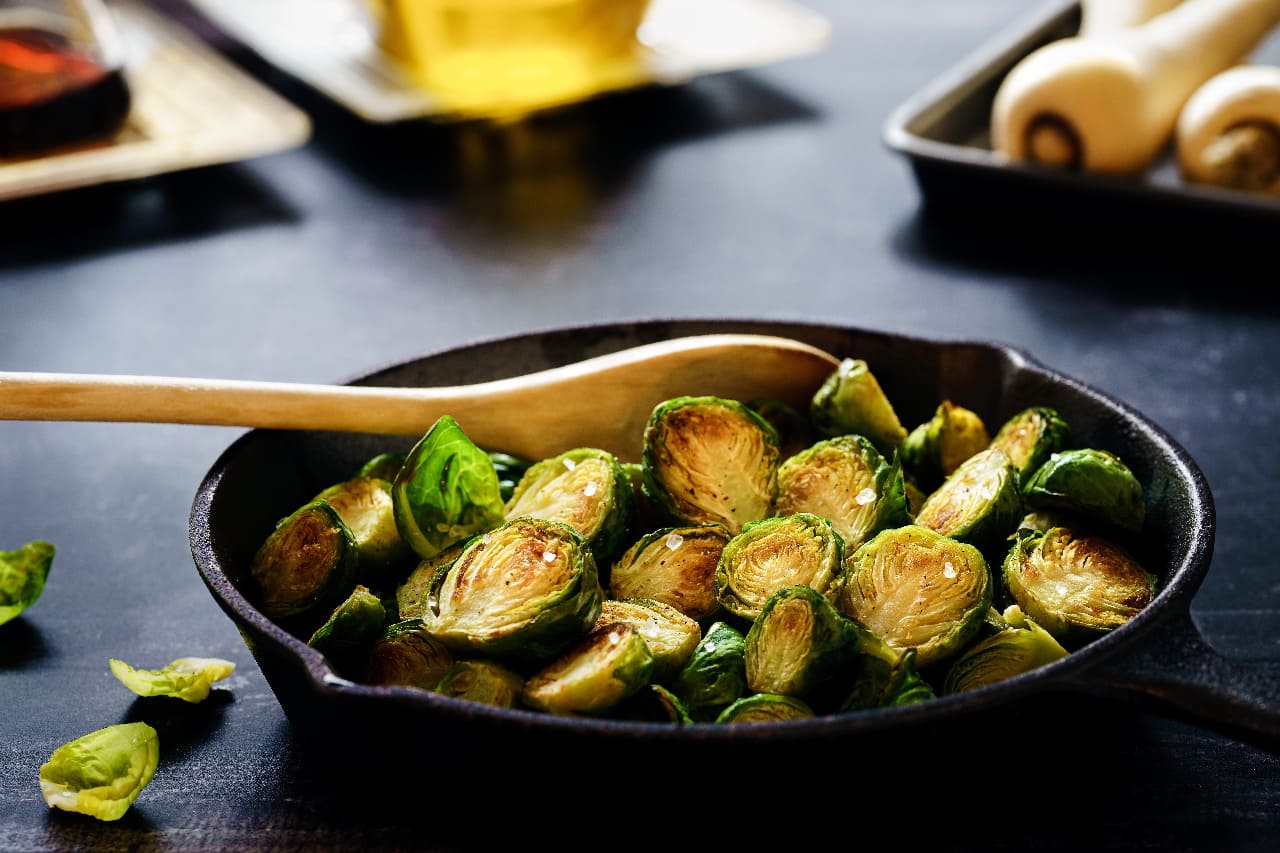Recently I had to identify an unknown plant for a plant sale. It turns out it was lemon balm (Melissa officinalis), a member of the mint family with square stems which is helpful in identification. Its name derives from its mild lemon flavor and scent.
I got curious as to what lemon balm might be used for. It turns out that according to Web MD that an extract in a commercial lotion can be used to shorten the healing time for cold sores. It can also be taken orally, usually as a tea, to calm and reduce mental stress and as a sleep aid.
Other uses historically have been for digestive tract, liver and nervous disorders. However, these are not validated by current science. Lemon balm works because it contains the compound Rosmarinus acid which has antioxidant and antimicrobial properties that help prevent cell damage and kill bacterial and virus infections. The good and the bad of using lemon balm as medicine can be found here: verywellhealth.com/the-health-benefits-of-lemon-balm-89388.
Of course, it can also have culinary uses. Add fresh leaves to a green salad or scatter over a fruit salad for a zesty flavor. It can be added to flavor vegetable, chicken and fish dishes and soups or casseroles. It can also be used to flavor butter and vinegar. The International Herb Association in 2007 named it “The 2007 Herb of the Year.” It is incredible how much you can learn with a Google search.
Growing lemon balm could not be easier. It is a durable perennial that likes to be in full sun and moist soil. It can be planted in the garden or in a container on your deck or patio to be close for easy harvesting. It grows about 18 inches round and tall and it can be harvested as close as 2-3 inches from the plant base and it will vigorously grow back. It will flower if not harvested regularly and the small flowers attract bees and butterflies.
My curiosity about lemon balm was satisfied and now I wanted to learn more about basil. I was recently at a garden club event and someone was offering free cardinal basil plants. I didn’t take one, but my curiosity was again stimulated. After reading about it, I wished that I had taken it as it gets its name from the red flowers that qualify it as an ornamental as well as an herb for flavoring.
I have grown various basils like Genovese and Thai basil and recently grew a basil blend that I didn’t know what seeds were included in the packet. So I explored basil on the internet. I found this site that listed 22 different varieties of basil: balconygardenweb.com/types-of-basil-best-basil-varieties. I was amazed that there are so many.
Basil is native to India and there is one variety called “holy basil” and also called “tulsi.” The leaves are splashed with purple and green giving this plant an appealing look. It is also made into a tea that allegedly can boost your immune system. There are two large-leafed ones; “Napoletano,” and “lettuce leaf,” which can be used in sandwiches as the leaves are quite large.
There are lemon and lime basils that have citrus scents and flavors. One named “Mrs. Burns lemon basil” and another “sweet Dani” have lemon scent and flavors and can be used in vinaigrettes for fish dishes and vegetables. Herbs can be used fresh and they can be dried for later use when the weather is not so good for fresh herbs. For information on drying herbs, see: tasteofhome.com/article/how-to-dry-herbs
I have enjoyed many herbs in my kitchen garden over the years and these are mainstays for my wife’s gourmet cooking; Italian parsley, curly parsley, rosemary, thyme, and mint to name a few.
One thing I learned the hard way was to never plant mint other than in a container as it will invasively spread and is nearly impossible to get rid of it. I dug it out as much as possible and put down landscape cloth. It didn’t work as the mint would find the overlapping seams and grow out between the sheets and merrily continue to invade.
Recently, I read about someone who planted mint in a container and it still got loose and invaded her garden. It is apparent that if you want to confine mint to a container, it is best to do it on a concrete patio or a deck. Happy herb gardening and keep the mint under control.
If you have a gardening related question you can contact the UC Master Gardeners at (209) 953-6112. More information can be found on our website: sjmastergardeners.ucanr.edu/CONTACT_US




